Today we headed into the Chaco Canyon to visit the Chaco
Culture National Historical Park. This
park preserves the Great Houses which were built by the Chaco people between
850 and 1250 CE. The buildings in this
canyon served as the center of the Pueblos over a wide stretch of the Four
Corners (Colorado, Utah, Arizona, and New Mexico). The houses built here were the biggest in the
whole region. When we talk about Great
Houses, we are not talking about the kind of house in which you and I live
today; instead, these were huge buildings with many, many rooms (600 in the
biggest one, Pueblo Bonita, for example) which were used for all kinds of
things—storage, religious ceremony, burials, and on and on. In the later part of the site’s active
existence, people did begin living in the buildings as well.
In the biggest building, Pueblo Bonita, excavations
beginning in the 1920s uncovered a stupendous number of artifacts ranging from
pottery to turquoise beads. In one of
the smallest rooms in the building, they found more than 50,000 pieces of
turquoise, which is more than was discovered in all other archaeological sites
in the southwest combined.
There
were another 2500 pieces in another room.
They also found the skeletons of 14 Macaws—birds which came from Central
Mexico 1100 miles away. The artifacts
shows that the people living in the Chaco Canyon had trade lines with people as
far away as Coastal California (sea shells) and Mexico, whence came the birds,
valued for their feathers, which the Chacoans liked to use in their
headdresses.
We took the loop drive around and spent most of our time out
of the car at Pueblo Bonita. There’s a
trail that takes you all the way around and then through the Great House so you
can get a closeup look at how the rooms were constructed. Pueblo Bonita, as mentioned above, had 600
rooms, and was 5 stories tall in places.
Most of the building was 3-4 stories tall. You’ll see in the photos how meticulous the
construction was: they used shaped stone for the bigger stones in the walls,
and then shored them up with much smaller, unshaped stones. They did use mud as mortar, and the interior
walls (and some exterior walls) were originally plastered.
For beams and other wooden supports, the
builders carried wood from many miles away—60 or more. These people had no wheels and no domesticated
animals: they walked and carried the load by hand.
This house was built over a period of 200 years, but it was
built in accordance with the original plan of the first architects at the
site. They had no written language. Everything was conveyed through an oral
tradition. When you see even what
remains of these buildings, you understand what a phenomenal effort was made to
create them. These people were not
afraid of labor. The architectural feat
is reminiscent, I thought, of the pyramids in Egypt.
From the remains of these great houses, archeologists have
determined that the Chacoans were capable of extensive planning and
organization, as well as communication over generations. There must have been a
unified work force with effective management. They also had well-developed
mathematical and astronomical skills, as the houses aligned with the cardinal
directions as well as with the sun on important dates such as the summer and
winter solstices.
The designs themselves are geometric to a high degree. Pueblo
Bonita and others featured a D-shape, with a curved back wall and a front wall
which ran along the solstice line.
Around about 1250 CE, the whole community packed up and left
this place. Why they did so is not
known; hypotheses include war (no evidence, really, of internal or external
strife), a long drought which made the desert living—always extremely
difficult—impossible, or a decision to move on along the cultural journey which
began, according to the origin stories of some of the Pueblos, with the Indians
arising from the belly button of the earth already set with a mission to spread
out and make themselves part of the land.
We tried taking one hike right from the visitor center to
the ruin of a much smaller building and then on to some petroglyphs. It was supposed to be a mile round-trip. We had no problem getting to the ruins of the
building, but the trail beyond it, ostensibly to the petroglyphs, grew steeper
and more rocky until we got to a point where it appeared we would have to
scramble over a very large rock to pick up the trail again.
At that point, we
turned back. The sign at the bottom did
say that the trail is “steep and rocky in places,” but that doesn’t come near
to describing it: the trail was fit only
for mountain goats. We did not find
petroglyphs. I bought a postcard with
the petroglyphs that are apparently along that trail, and I guarantee we did
not simply walk right past them without seeing them. They are quite striking and distinctive. (I posted a photo.)
The visitor center, by the way, is very nice, except that
all of its artifact cases are empty. The
American Museum of Natural History in New York City has virtually all the artifacts, because they
funded the excavations in the ‘20s and ‘30s.
They will lend artifacts to these parks; however, the parks must be able
to supply a certain level of protection for the artifacts, including HVAC
control, temperature, humidity, and lighting.
This park has apparently been trying for 5 years to meet the standard:
there are letters posted on the cases explaining the situation, and those
letters are dated 2017.
I’m guessing
they need money. It’s really too bad to
be here and have a museum and not be able to display any of the artifacts that
were actually found here.
After we finished the tour of Pueblo Bonita, we had lunch,
accompanied by a little herd of chipmunks and a few birds. These birds were all of the same type, Canyon
Towhee (a new species for us) but fledgelings—they still had down on their
heads. All were clearly accustomed to
cute-ing out of humans lots of scraps.
They were happy to get right on the table. They did not get any satisfaction from us
much to their disappointment. You could
almost see them pouting.
After lunch, we walked up to another trail claiming to have
petroglyphs. This trail was basically
flat, and the petroglyphs were marked.
Much easier. Tim then went on
down the trail to Chetro Ketl, the second largest great house in Chaco Culture
NHP. I did not take the walk over there. It wasn’t far, but I was getting tired and
figured it was better to sit down and drink some more water.
He has kindly shared his photos with me so I
can post them here.
All in all, Chaco Culture NHP is another gem in the NPS
system. It’s really great that over the
years so many places have been preserved so that we can get a look into other
cultures and other times—or so that we can enjoy the nation’s most spectacular
scenery.
From the park, we drove north to Bloomfield, a little burg
between here and Aztec Ruins, where we will go tomorrow morning to visit
another great house—the largest one outside Chaco Canyon.
Bloomfield is another town where they roll up the sidewalk
early—and on Sunday, a lot of it never gets rolled out in the first place. We ate Chinese, because other than fast food
(“No, let’s not eat at Sonic again for another 15 years or so”), that’s what
was open. Fortunately it was decent
Chinese—not as good as our local Chinese restaurant at home, but fine.

 Chaco Culture National Historical Park, New Mexico, United States
Chaco Culture National Historical Park, New Mexico, United States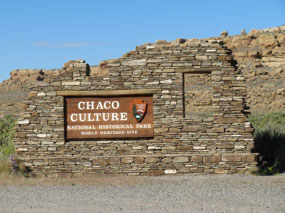
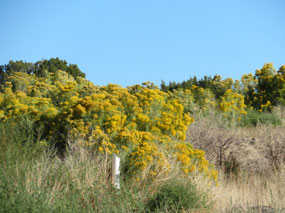
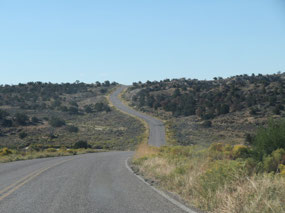
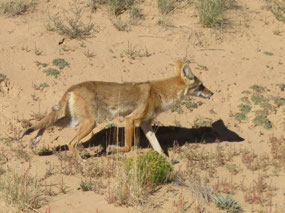
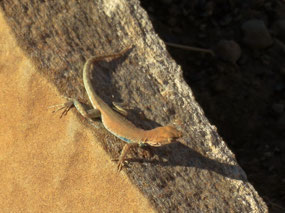
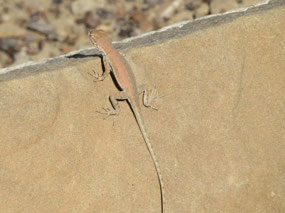
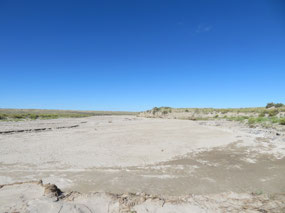

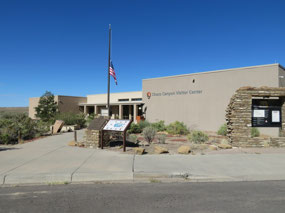
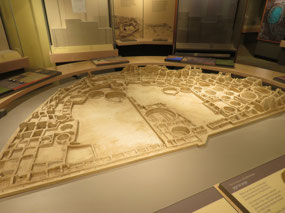
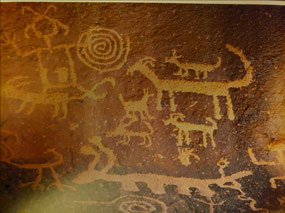
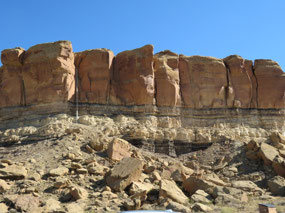
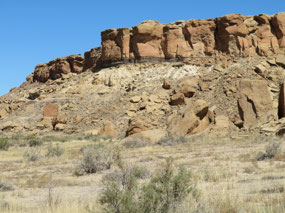
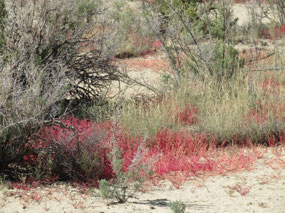

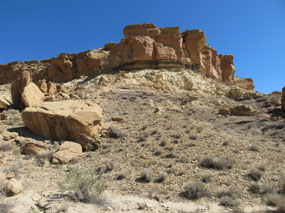
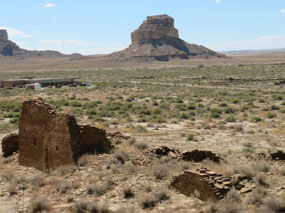
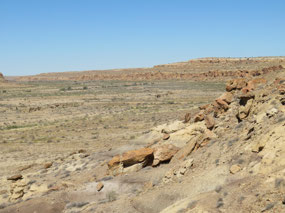
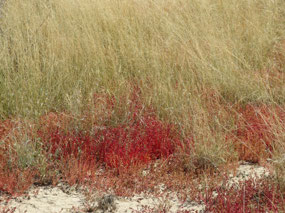

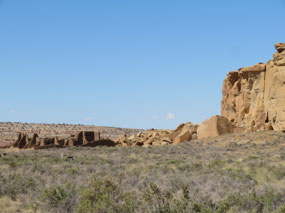
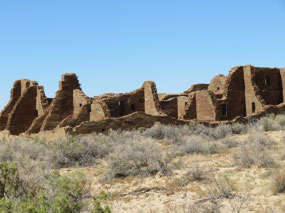
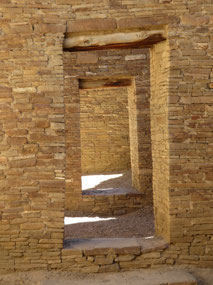
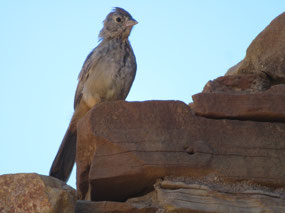
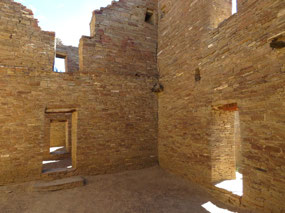
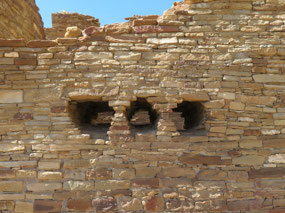
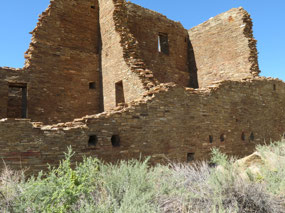
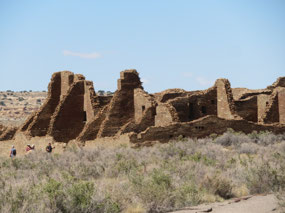


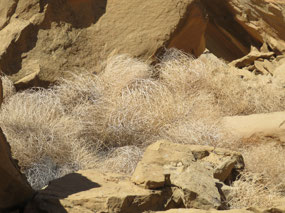
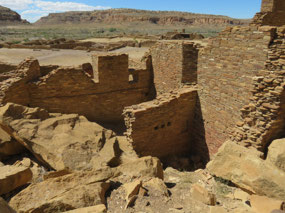
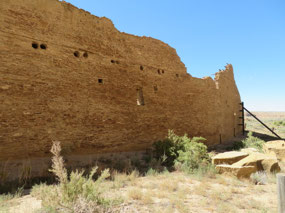

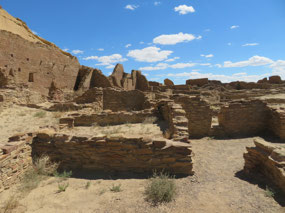
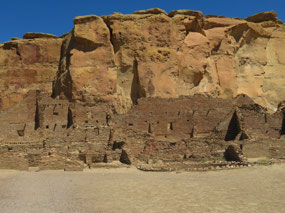
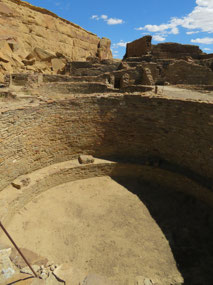
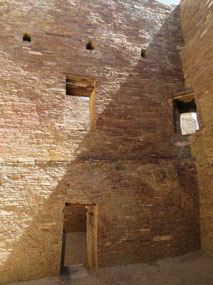

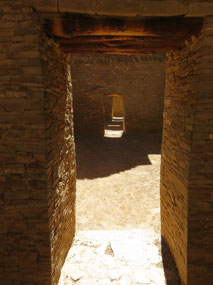
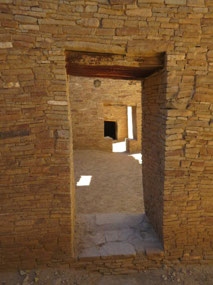
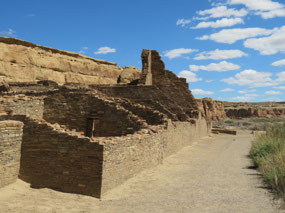
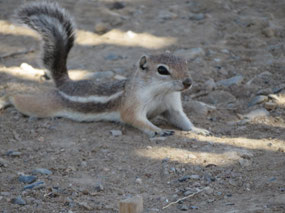
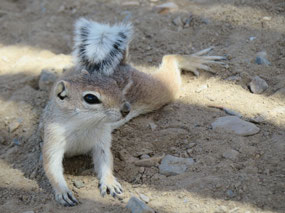
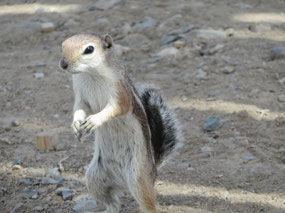
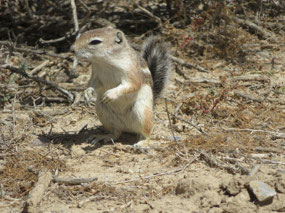
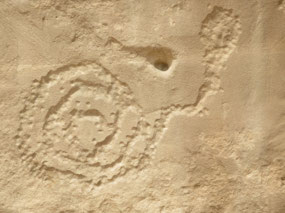
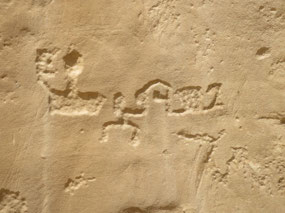
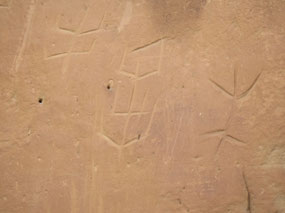
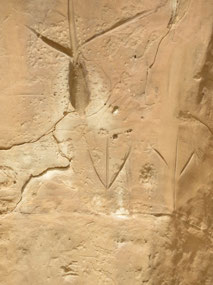
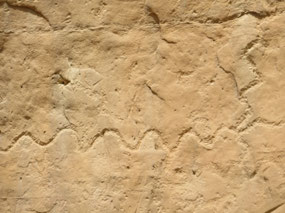
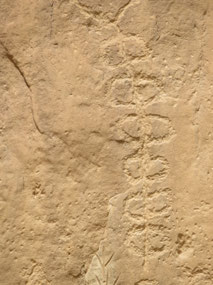
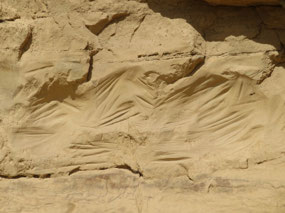

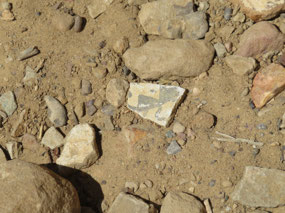
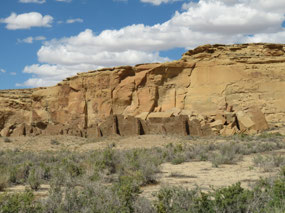
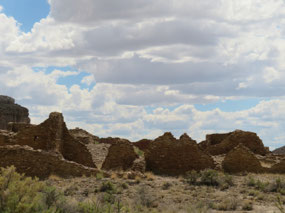
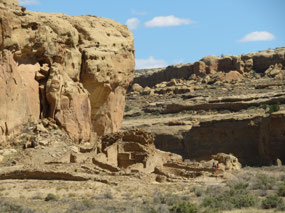
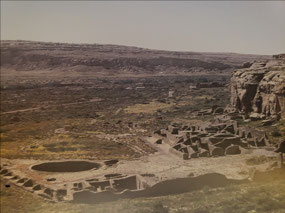
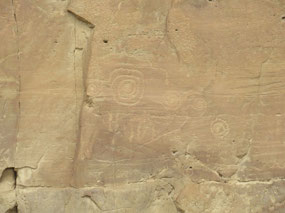
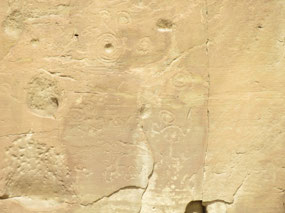
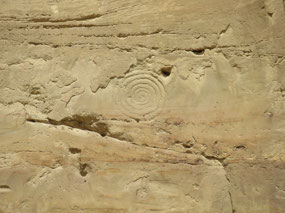
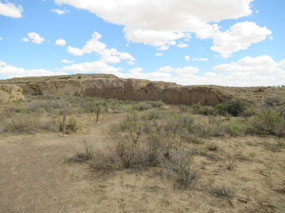
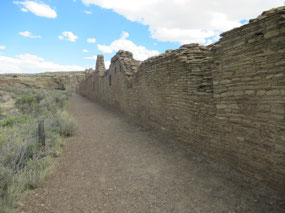
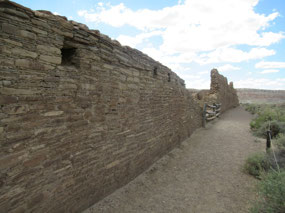
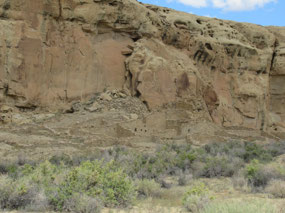
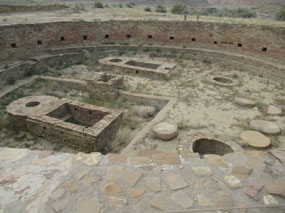
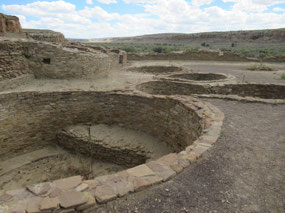
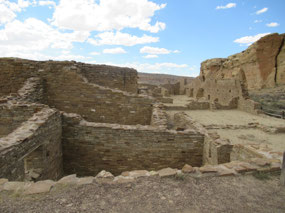
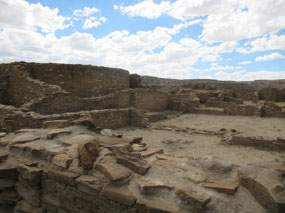
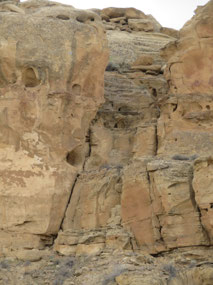
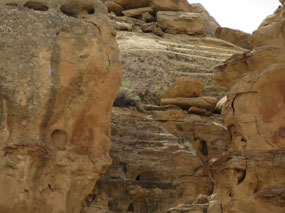
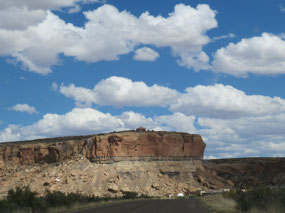
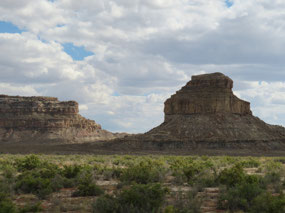
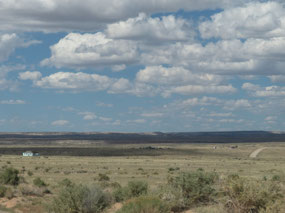
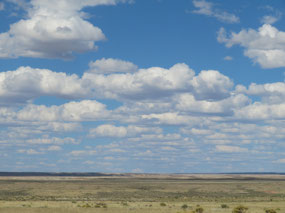
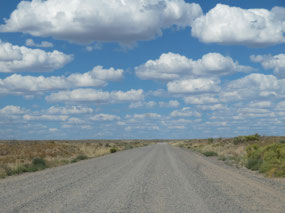
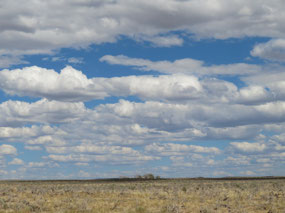
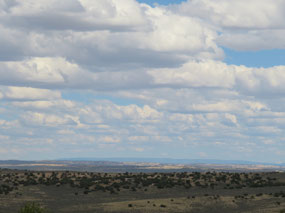
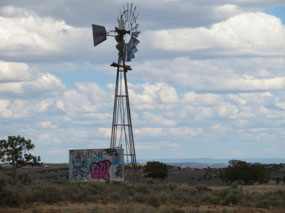
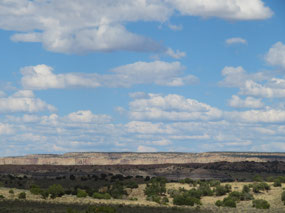
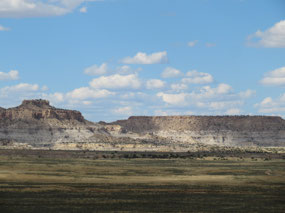
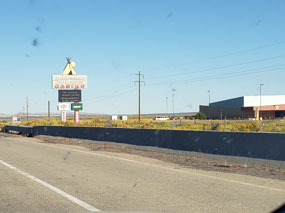
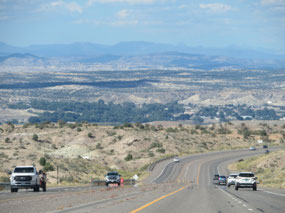
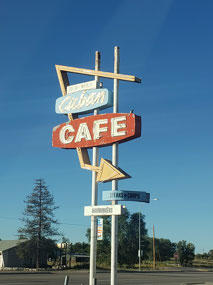
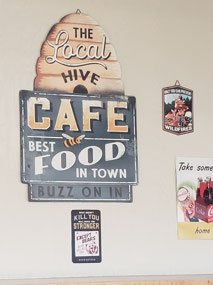
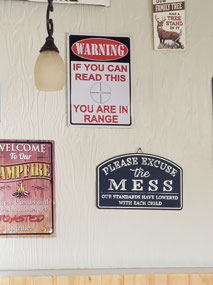
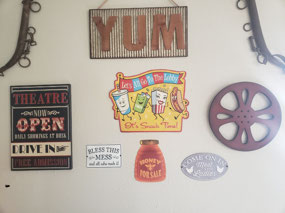
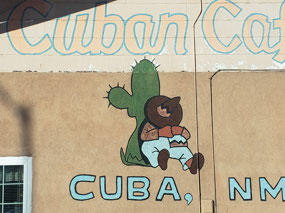
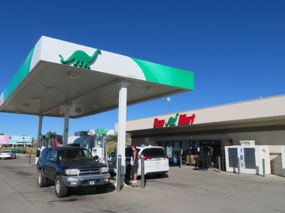
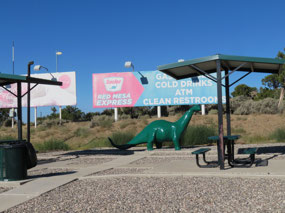

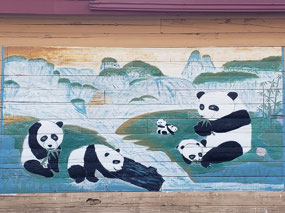
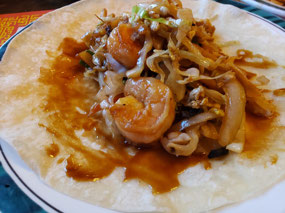
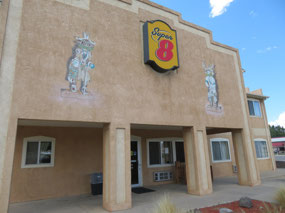
2025-05-22